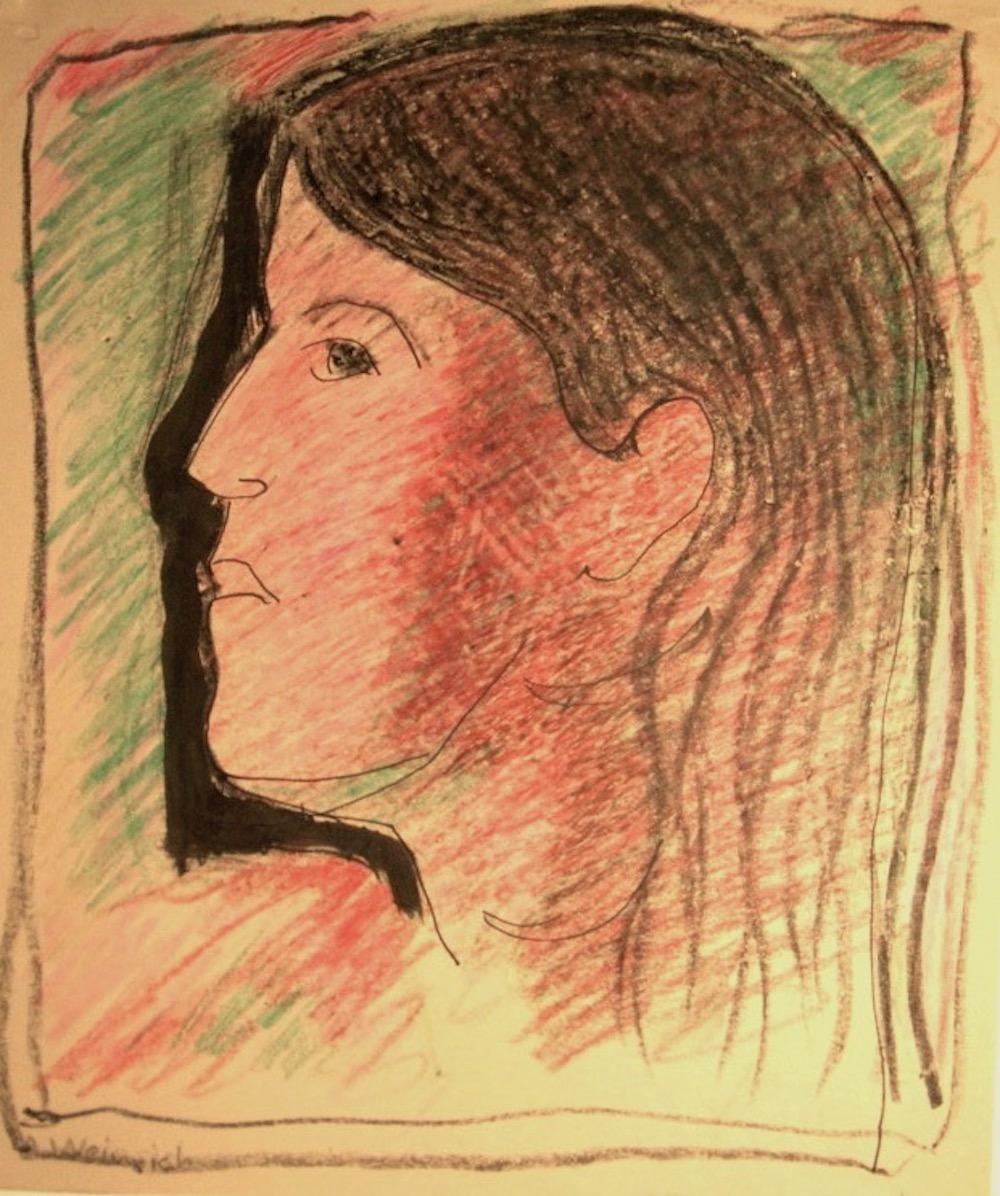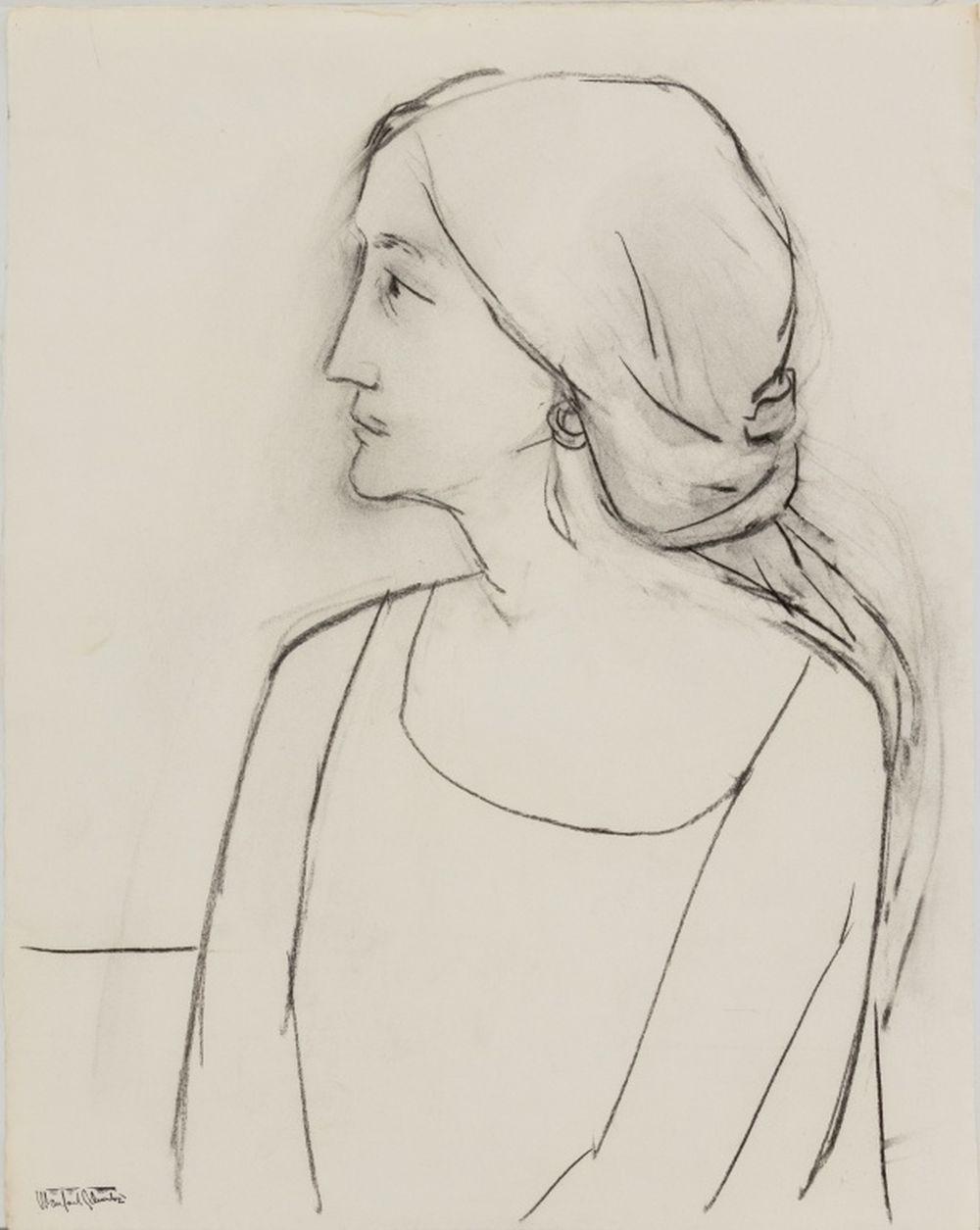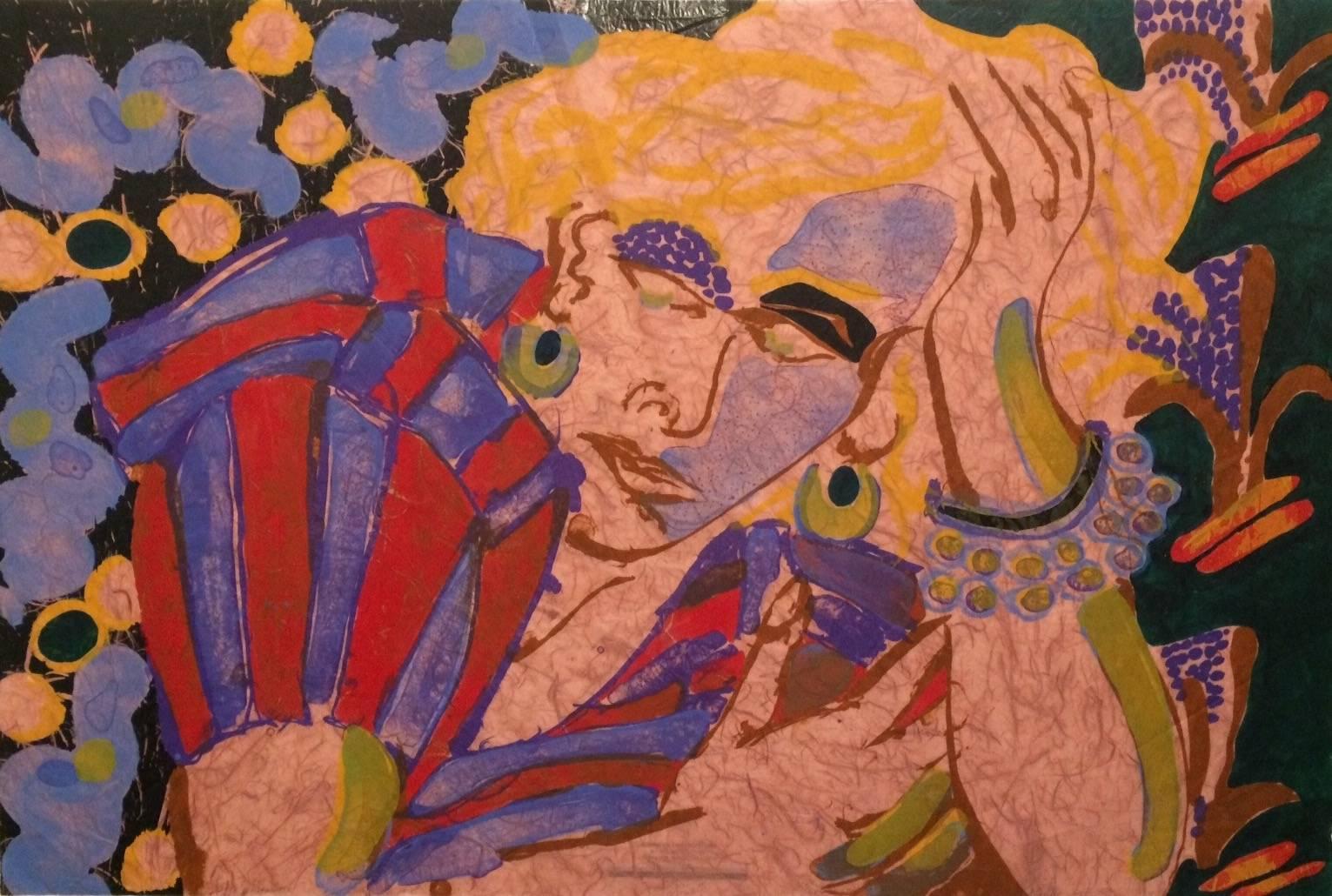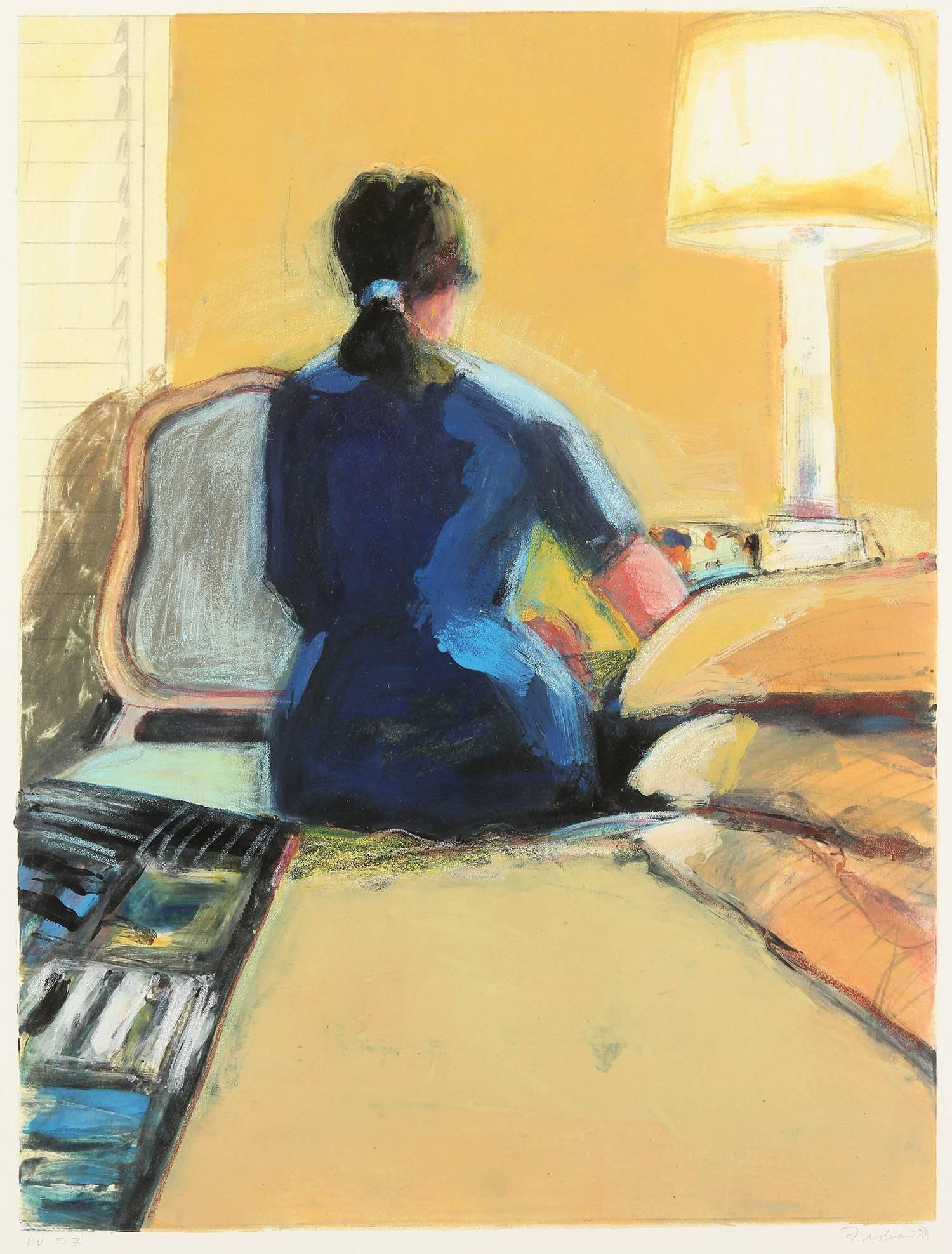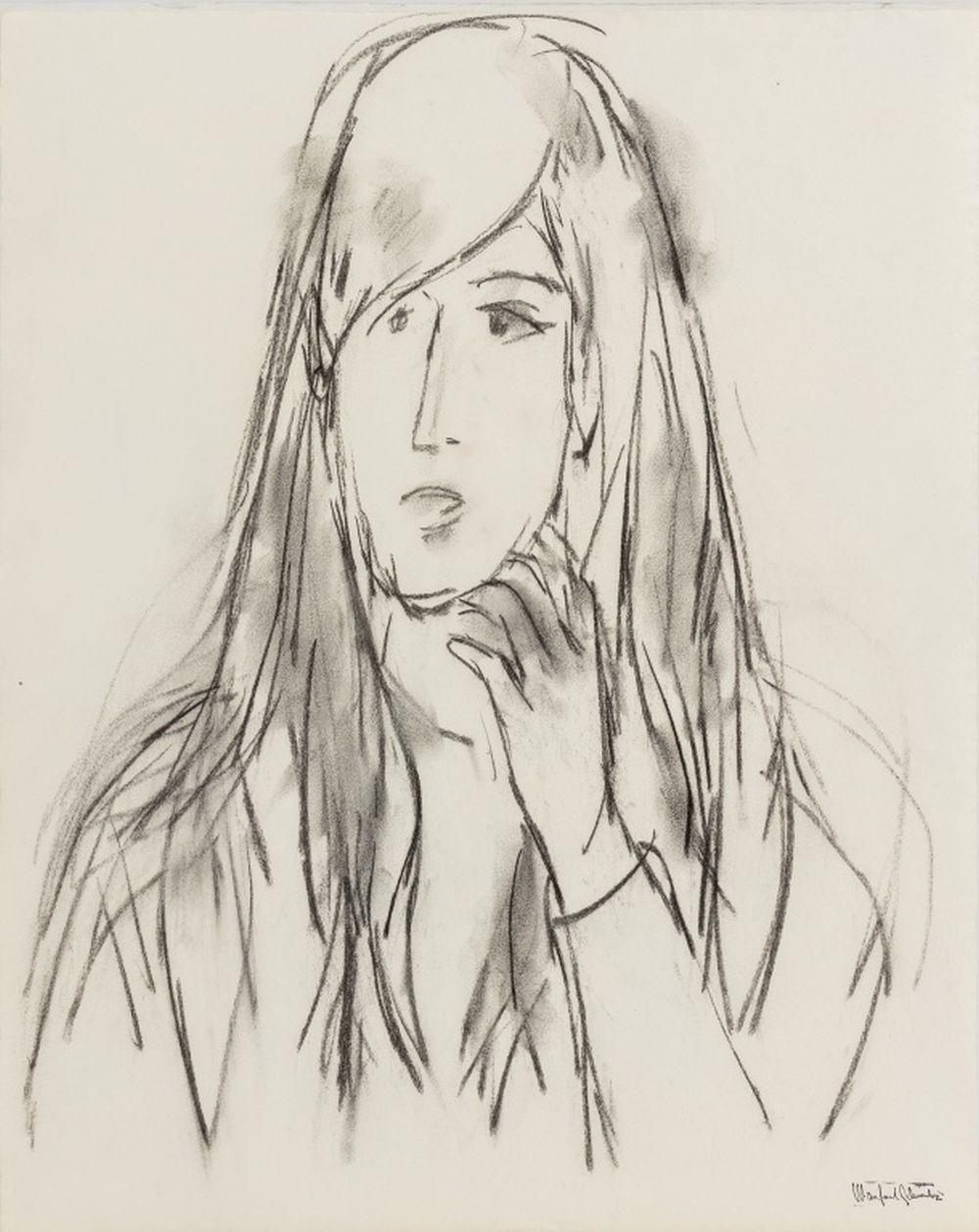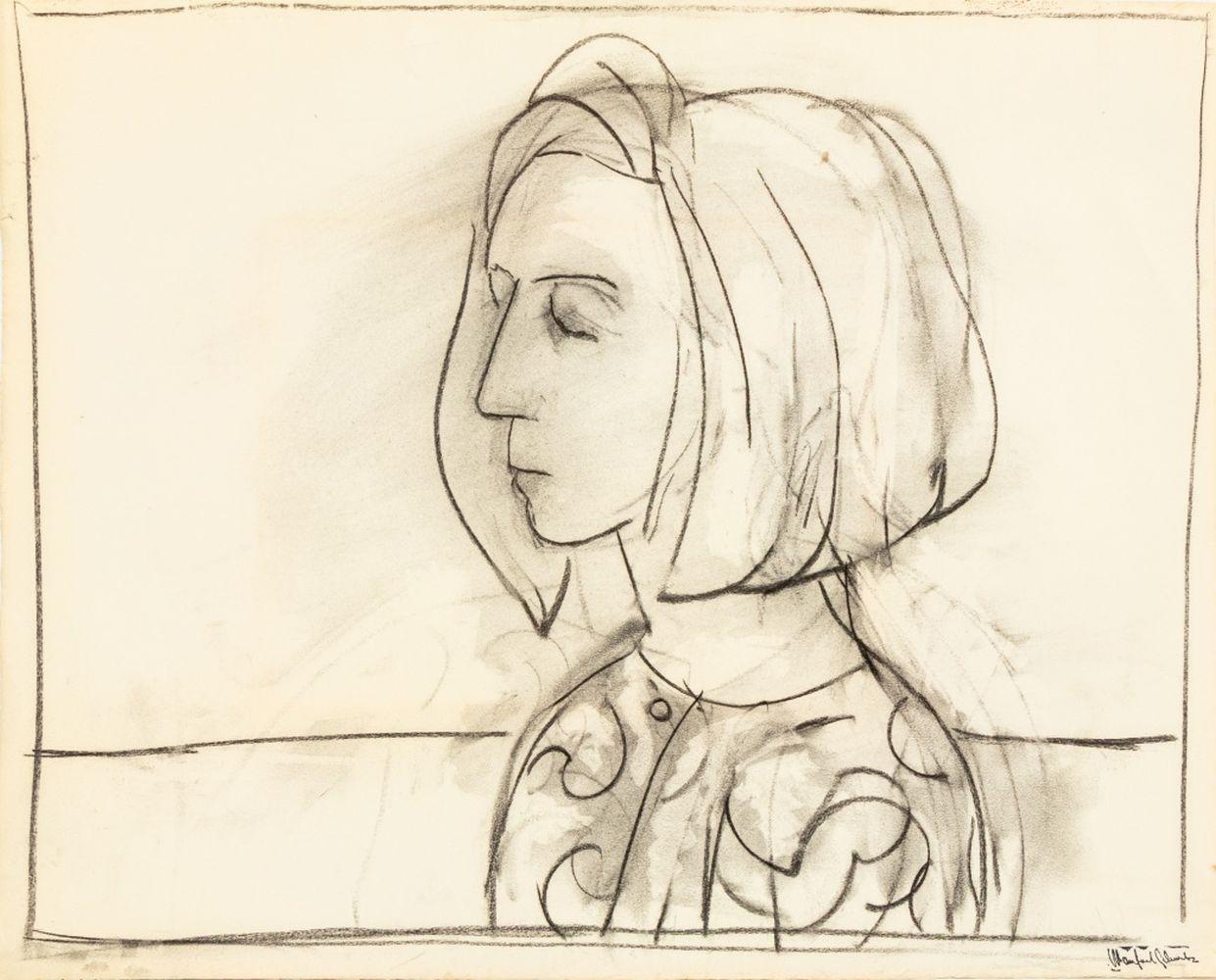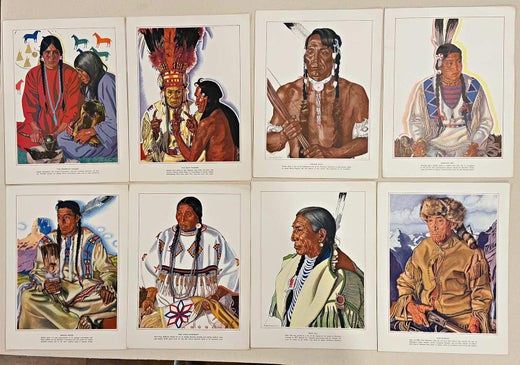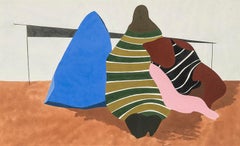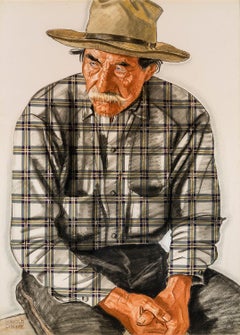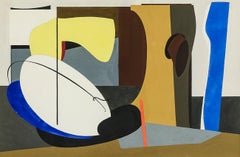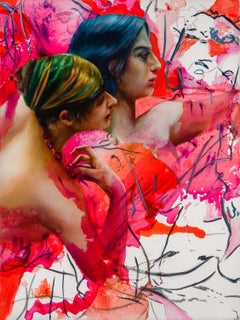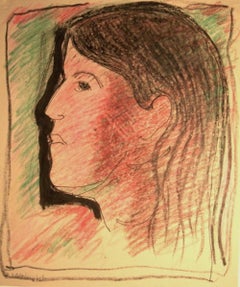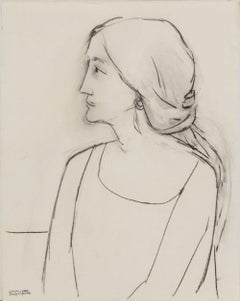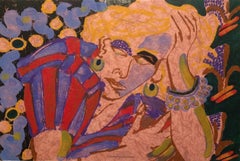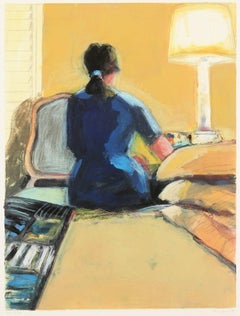Winold ReissRosalee Sondheimer I1931
1931
About the Item
- Creator:Winold Reiss (1886-1953, American)
- Creation Year:1931
- Dimensions:Height: 53 in (134.62 cm)Width: 30 in (76.2 cm)
- More Editions & Sizes:UniquePrice: $225,000
- Medium:
- Movement & Style:
- Period:
- Condition:
- Gallery Location:New York, NY
- Reference Number:Seller: APG 21416D.0031stDibs: LU2315670902
Winold Reiss
Winold Reiss was a German-American muralist and illustrator who is best remembered for his portraits of the Blackfoot Indian tribe. His work was so revered by the tribe that when he died, his ashes were spread across sacred burial grounds.
- ShippingRetrieving quote...Shipping from: New York, NY
- Return Policy
More From This Seller
View All20th Century American Modern Abstract Drawings and Watercolors
Paper, Watercolor, Gouache, Graphite
20th Century American Modern Mixed Media
Mixed Media
20th Century American Modern Abstract Drawings and Watercolors
Paper, Gouache, Graphite
2010s Contemporary Portrait Paintings
Canvas, Charcoal, Oil
Late 20th Century American Modern Paintings
Canvas, Oil
20th Century American Modern Portrait Drawings and Watercolors
Pastel
You May Also Like
1920s American Modern Figurative Drawings and Watercolors
Crayon
Mid-20th Century Modern Portrait Drawings and Watercolors
Paper, Charcoal
Late 20th Century American Modern Portrait Prints
Lithograph
1990s Contemporary Figurative Prints
Monotype
Mid-20th Century Modern Portrait Drawings and Watercolors
Paper, Charcoal
Mid-20th Century Modern Figurative Drawings and Watercolors
Paper, Charcoal
Read More
With Works Like ‘Yours Truly,’ Arthur Dove Pioneered Abstract Art in America
New York gallery Hirschl & Adler is exhibiting the bold composition by Dove — who’s hailed as the first American abstract painter — at this year’s Winter Show.
Remarkably, Elizabeth Turk’s Sculptures Highlight the Lost Voices of Extinct Birds
In one of the first live and in-person exhibitions at a Manhattan gallery since last spring, the California-based sculptor gives the lost voices of endangered and extinct birds and animals a magnificent embodied form.
